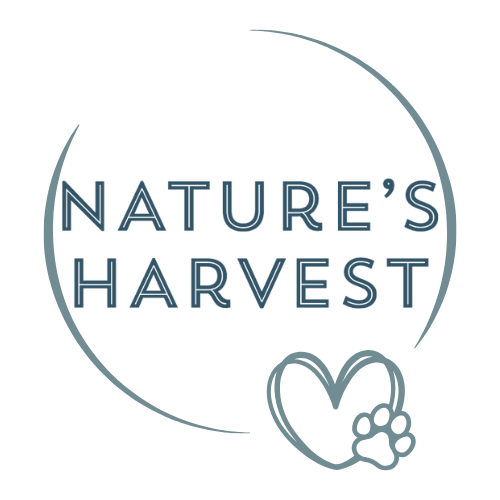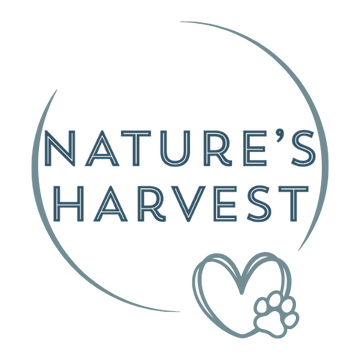
If you’ve ever watched your dog scratching and wriggling for relief, you’ll know how unsettling it feels. Their skin is often trying to tell us something, but the message isn’t always clear. While fleas or seasonal pollen can certainly play a part, diet is often a quieter, underlying cause that is easy to miss.
As caretakers, we want to nourish not just their bellies but their whole wellbeing. And sometimes that means looking closer at the food in their bowl.
The subtle link between diet and skin health
For many dogs, certain ingredients sit comfortably in the digestive system. For others, the same foods can spark irritation beneath the surface. When the immune system reacts to a food, the skin is often where we see the first signs — a dog who licks at their paws late into the night, or who scratches until patches of fur thin.
The most common dietary triggers include:
-
Beef
-
Chicken
-
Dairy
-
Wheat or other grains
Of course, not every dog will react in the same way, and that’s part of the challenge. What soothes one dog can trouble another.
Signs that food may be behind the itching
Food sensitivities rarely shout. Instead, they whisper, and over time those whispers become harder to ignore. Some things to notice:
-
Persistent scratching or licking, especially around the paws or belly
-
Redness or small sores that don’t seem to heal
-
Frequent ear infections, sometimes accompanied by head shaking
-
Loose stools or other subtle digestive changes
These signs may come and go, but if they circle back again and again, it is worth considering food as a possible source.
Taking the first steps towards relief
Helping a dog with itchy skin often begins with simplicity. Stripping their diet back to fewer, more carefully chosen ingredients allows you to see more clearly what is helping and what is harming. This is the essence of an elimination diet — a gentle process of listening to the body’s response and adjusting accordingly.
Choosing a hypoallergenic dog food can take away some of the uncertainty. These recipes are designed to be straightforward, free from the more common culprits, and crafted with sensitivity in mind.
A thoughtful option for sensitive companions
For those seeking such a path, the Nature’s Harvest Hypoallergenic range offers recipes that put gentleness first. Each meal is prepared with natural ingredients, avoiding beef, wheat, and other known triggers, while still providing complete nourishment. It’s food designed not just to fill, but to comfort.
Holding space for healing
Itching, at its heart, is your dog’s way of asking for help. While it can be frustrating to solve, it also offers an invitation to slow down and consider what might truly support their health. Sometimes, a small shift in diet brings a noticeable sense of ease, allowing your dog to rest, play, and simply be themselves again.
If the scratching continues, though, it is always wise to seek your vet’s guidance. You know your dog best, but together with professional advice, you can chart a path toward comfort and balance.







